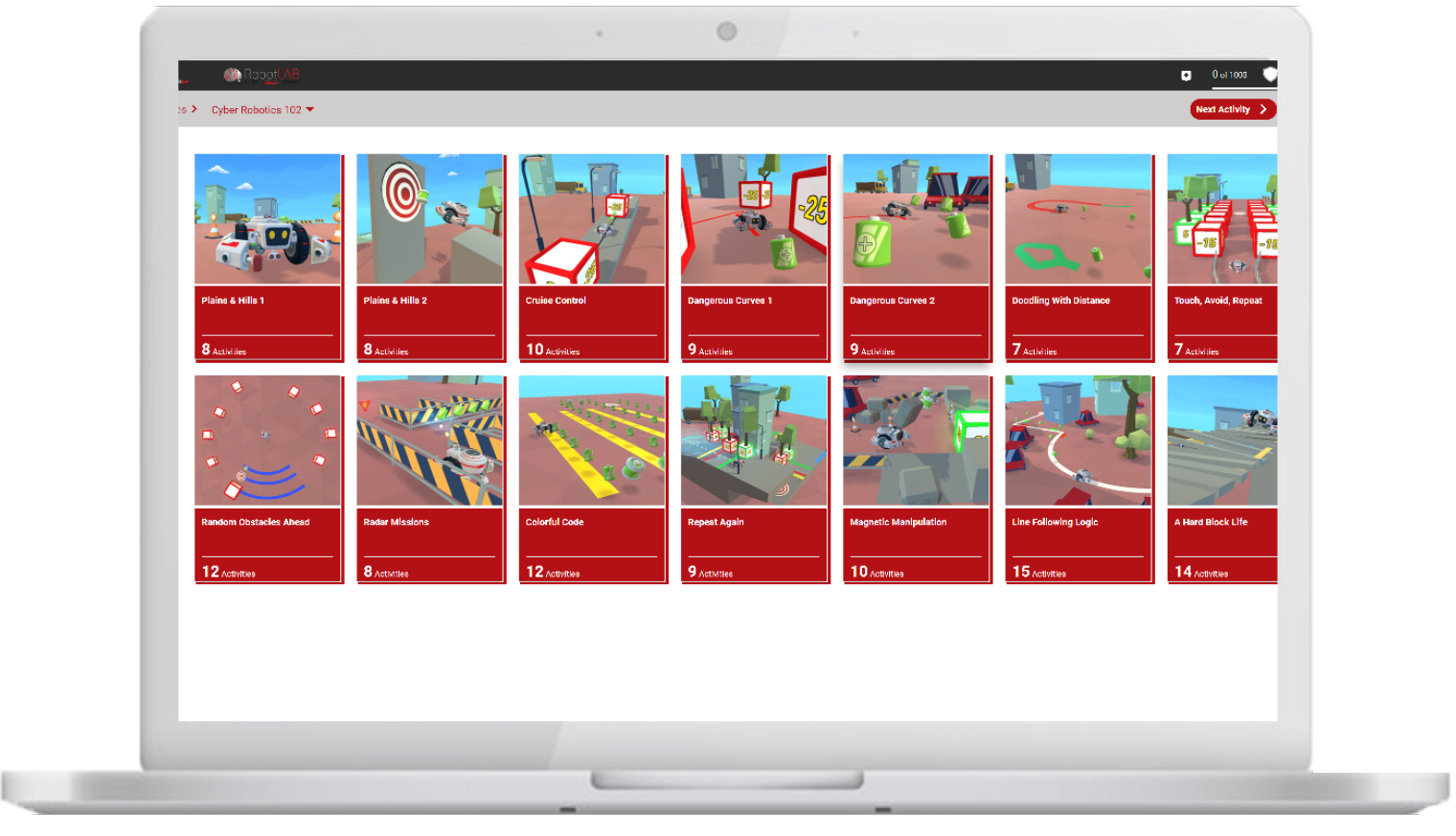COVID-19 has highlighted digital inequity—but collaborative tech and digital tools could help close the gap.
 Photo by J. Kelly Brito on Unsplash
Photo by J. Kelly Brito on Unsplash
By HENGJIE WANG
The back-to-school season is in full swing amidst a global pandemic that’s seen US COVID-19 infections rise to 4.86 million in early August.
The Centers for Disease Control and Prevention (CDC) reported that around 7 percent of confirmed COVID-19 cases in the U.S. have been among children younger than 18, though one reason for this may be because most US schools shut down in March when COVID-19 took hold globally.
In the coming months, this theory will be put to the test as 13,500 school districts debate between remote learning, in-person instruction, or a hybrid approach as they return to school in the fall.
Classroom safety
The CDC’s guidelines to keep schools safe ask K-12 school administrators to consider “COVID-19 transmission rates in the immediate community and in the communities in which students, teachers, and staff live,” yet some of the communities hardest hit by COVID-19 are the ones sending kids back to the physical classroom.
Schools in Georgia, Indiana, and Mississippi, among others, reopened for full-time schooling and were forced to quarantine full classrooms or shut down completely in just the first week of school, given students’ positive COVID-19 tests. Meanwhile, the Board of Education in California’s Orange County voted to allow students back to school full-time without the use of face masks or requiring students and faculty socially distance.
Infection rates among K-12 students and faculty are likely to increase without protective measures and remote learning in place. Schools that have shut down, or potentially will as a result of improper safety measures, must find a way to quickly pivot to an online learning environment to ensure there’s no lapse in education for any student, regardless of their family’s income, ethnicity, or at-home internet access.
The pandemic classroom highlights the digital divide
COVID-19 has underlined the urgency for student access to classroom technology, especially as the digital divide becomes increasingly apparent. According to a poll from The Washington Post, 80 percent of parents favor holding school at least partly online, yet some parents who are essential workers cannot afford to stay home to watch and homeschool their children. This has become increasingly apparent since schools began trialing remote learning after shutting down in March.
Some well-off families chose to hire tutors to teach their children, and sometimes their friends’ children, in small groups at home, called “teaching pods,” which supposedly lessens the risk of COVID-19 transmission. Essential workers don’t have that luxury, and their choices are to send their child to school where they have full access to the internet, computers, and a school lunch, or stay home, where they might not receive any of the three.
There’s no widespread consensus on the safety of sending kids back to the physical classroom, but with disparities among which students continue their education uninterrupted at home and those who must go to school due to a lack of resources at home, US school districts must do more to lessen the digital divide during the pandemic.
Solving digital inequity
Ninety-five percent of school leaders say addressing digital equity remains a top concern, but are schools equipped to close this divide? There’s no one easy solution, but school districts can adopt software applications and collaborative tech at a higher rate to close the achievement gap.
Collaborative tech and software help equalize the student experience, regardless of their economic status, zip code, or other learning gaps. The best at-home learning software is one that enables students to connect and work on assignments even without a steady Wi-Fi connection. This is key, as 7 million school-age children live in homes without high-speed internet access, which has been a challenge continually highlighted by COVID-19.
These digital tools shouldn’t only be used at home. Schools can also incorporate digital tools in their practices to foster a student-centric learning environment and improve classroom engagement. Remote learning tech also enables students to learn at their own pace, often regardless of whether they are a visual or verbal learner.
With better tech tools, teachers can also incorporate digital content into their lesson plans to better customize their curriculum to fit at-home and in-class students. Students learn up to 60 percent faster using e-learning methods than they do in a traditional classroom setting. In fact, on average, students also retain up to 60 percent more material when learning online as compared to a traditional classroom setting, so it’s crucial teachers have a digital component to lesson plans whether they’re in or out of the classroom environment this fall.
School leaders should continue to leverage multiple tech platforms to find the right one for their school and community.
Edtech’s future is bright
We’re on the cusp of broad digital transformation in the US classroom. Schools have been propelled into edtech’s future, and as some school districts scramble to pull together a plan B if students or teachers begin to test positive for COVID-19, collaborative tech and software will be essential in assuring minimal disruption in the school year.
Discover more resources for your online classroom with RobotLAB!

CoderZ is an online educational environment that improves students 21st century skills, while they are having fun programming their own virtual cyber robot. CoderZ and RobotLAB has different lessons to do at home! Check them out Here

